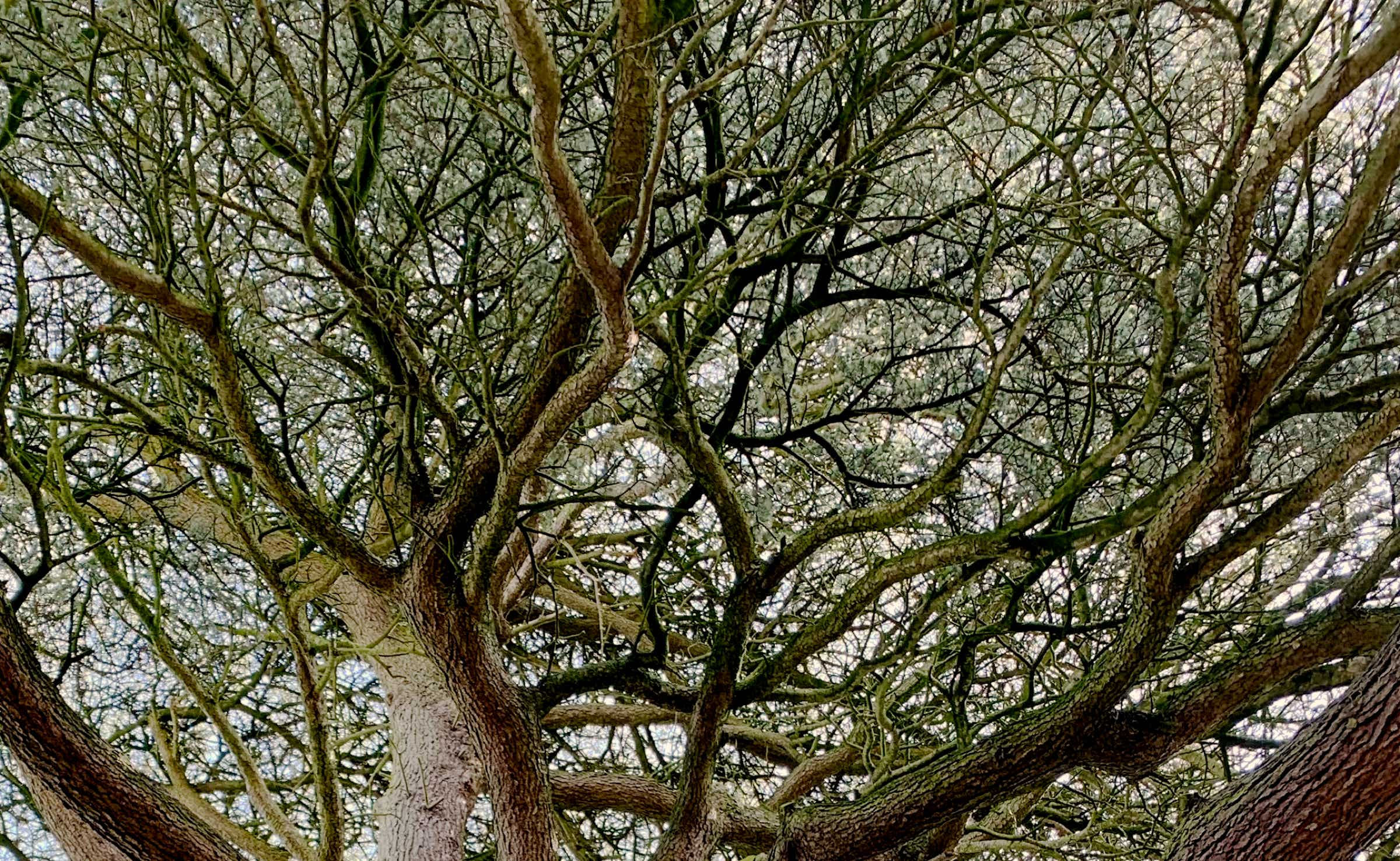
Photo of a tree in Stockwood © 2019 Jin Choi
All images © 2019 Choi+Shine Architects

The magnificent and luscious trees in Stockwood inspired The Trees in Luton; we wanted to capture the beautiful canopies of leaves overlapping with light, the delightful embraces of the children and their curious hideouts, the breeze through the rustling branches and their patterned shadows on our face.
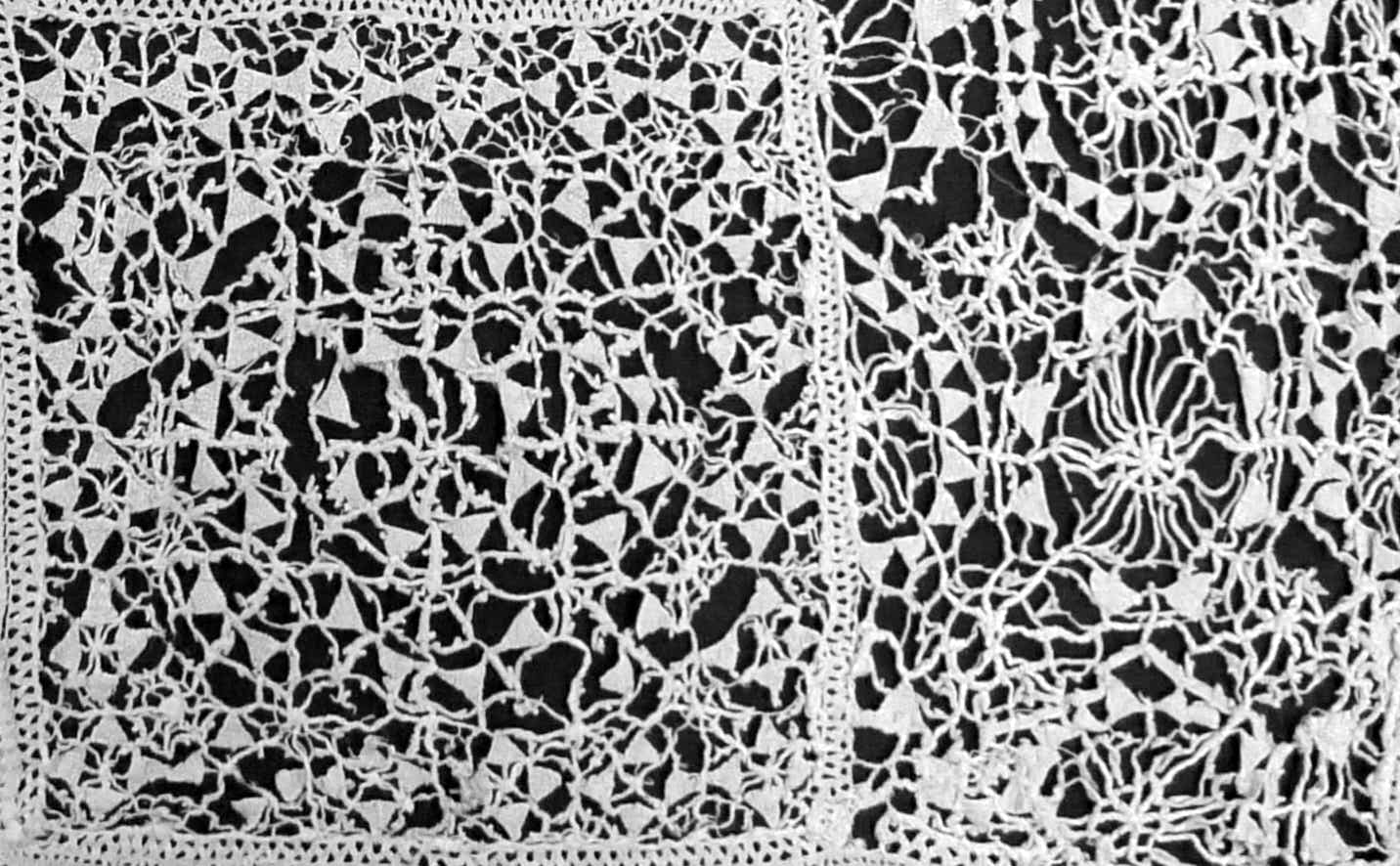
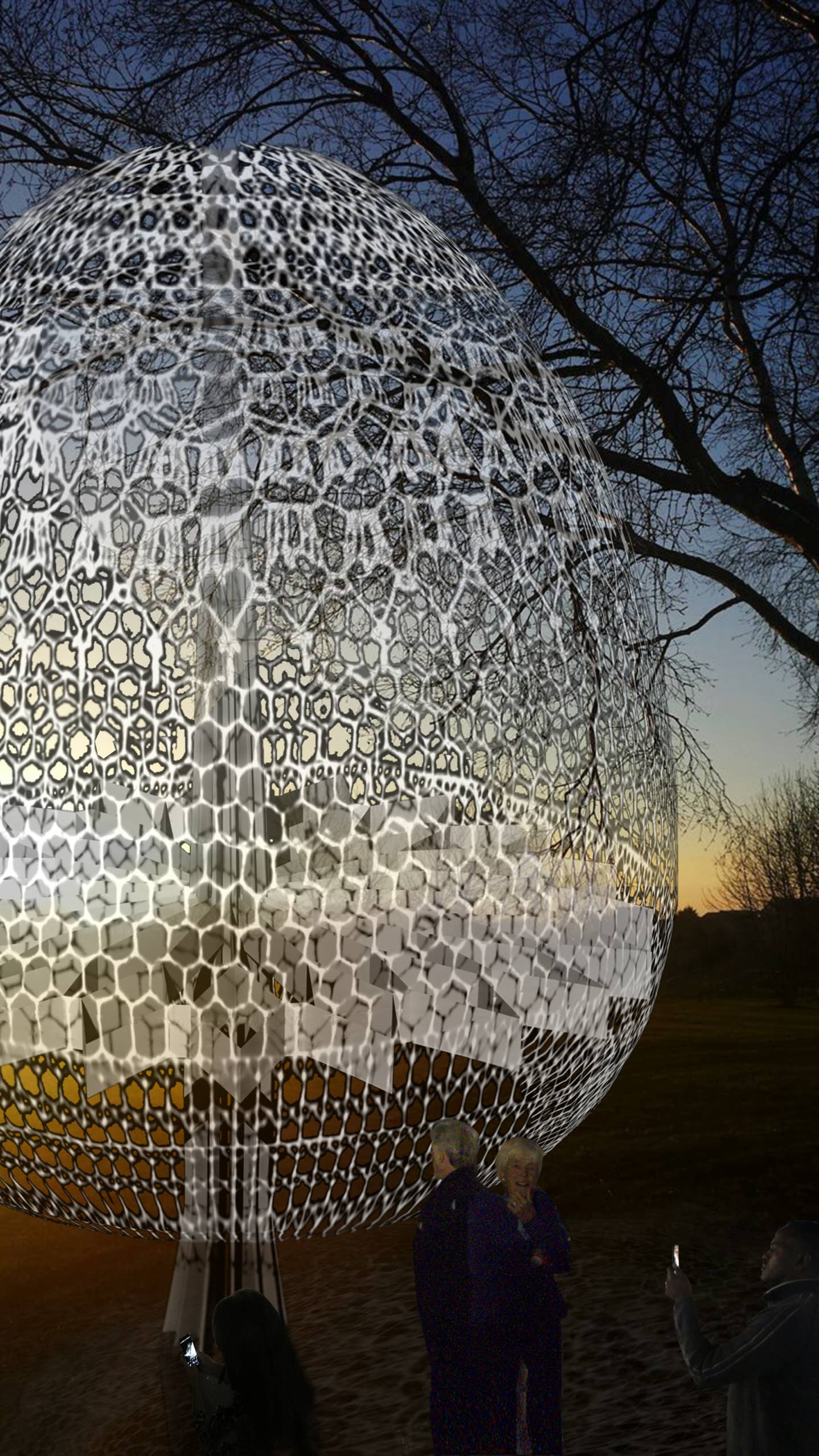
Luton, once known for its lace making in addition to its famous millinery, has one of the best collections of old lace patterns for Bedfordshire and Buckinghamshire bobbin lace. The lace collection at the Luton Museum draws together materials reflecting every facet of an industry which was once of considerable economic and social importance across the East Midlands. The lace pattern for the Trees reflect the fascinating geometric patterns found in nature and aspires to combine them with the needle point lace collection from Luton Museum. The mathematical repetition and the subtle variation within the orderly and cohesive pattern of this project encourages meditative contemplation.
Reticella cover17th - 18th Century. Luton Museum Collection
The patterns of the Trees developed after the study and analysis of fractal pattern found in nature, the repetition of the mathematical pattern in plant’s and animal’s growth. It is comparable to the method of crochet, which is inherently mathematical and repetitive.
The geometric Luton lace combined with the patterns borrowed from the nature gave a foundation to the crochet patterns to the Trees.
The internal structure also reflects and reinforces the idea of this visual rhythm from mathematical repetition. Juxtaposition of the tree branches, gills of mushrooms and concentric mandala patterns were considered when designing the form of internal support. Together with the mathematical and intricate patterns of the lace, the structure becomes the integral part of the geometric interplay and meditative visual joy.
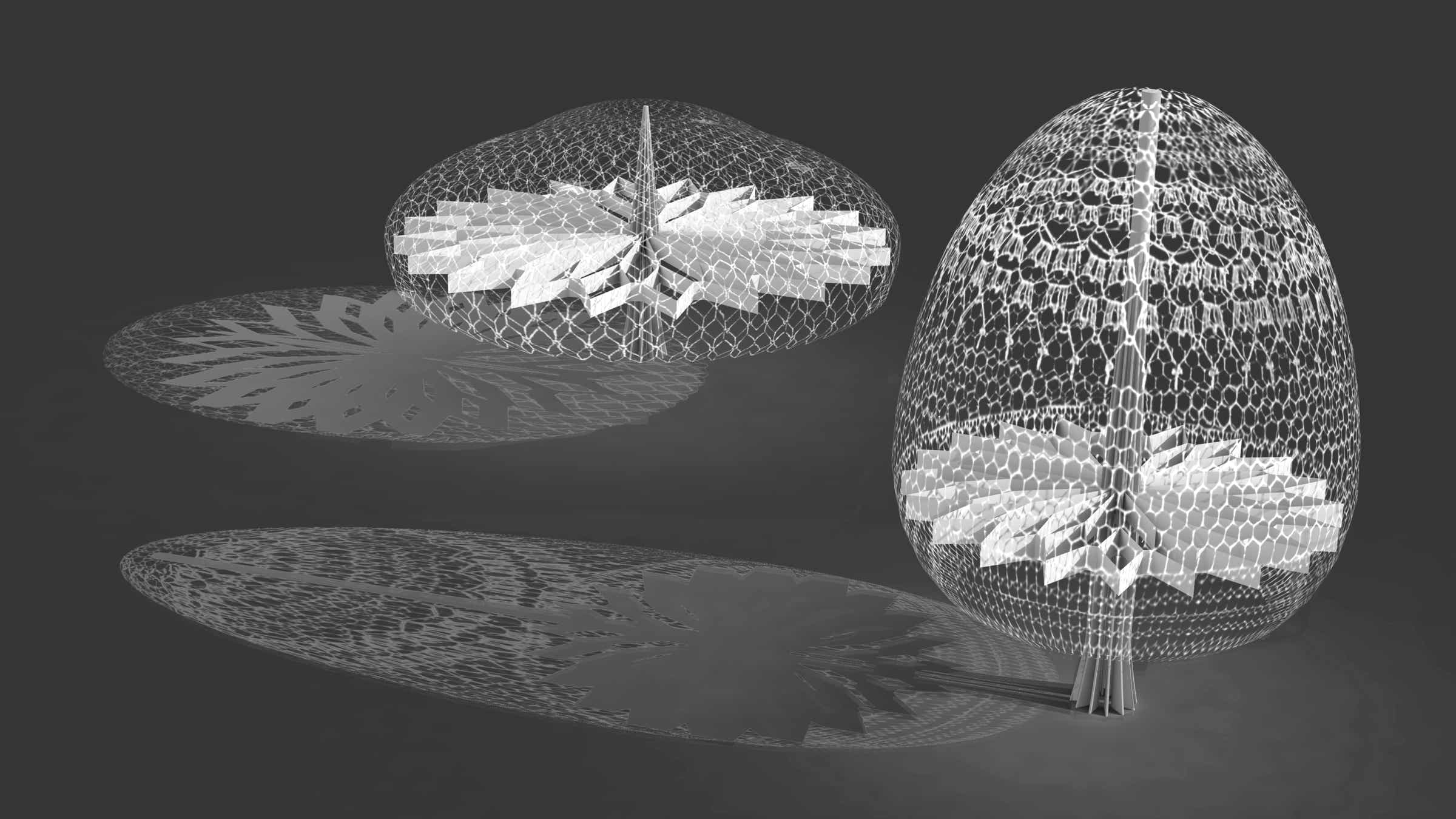
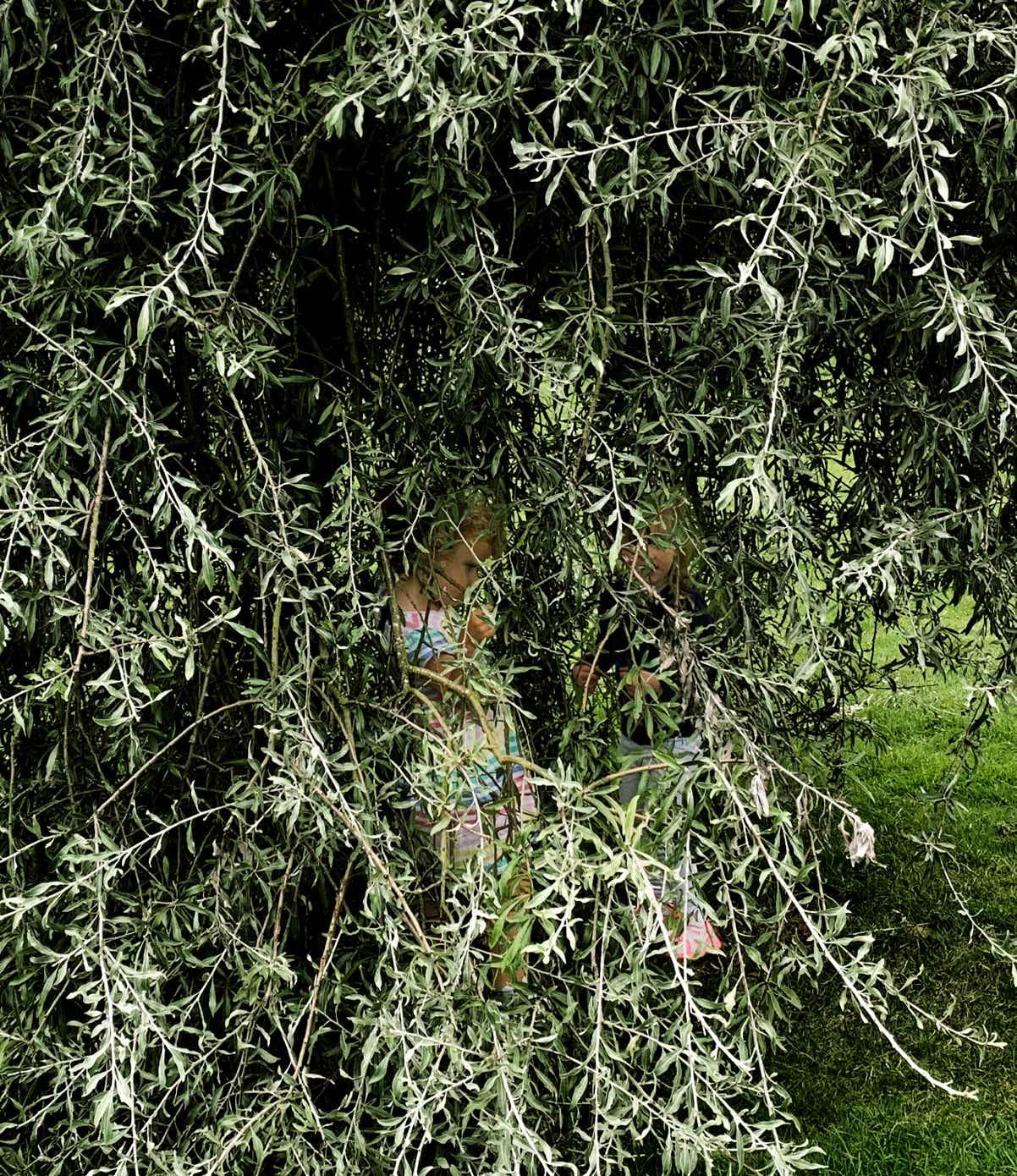
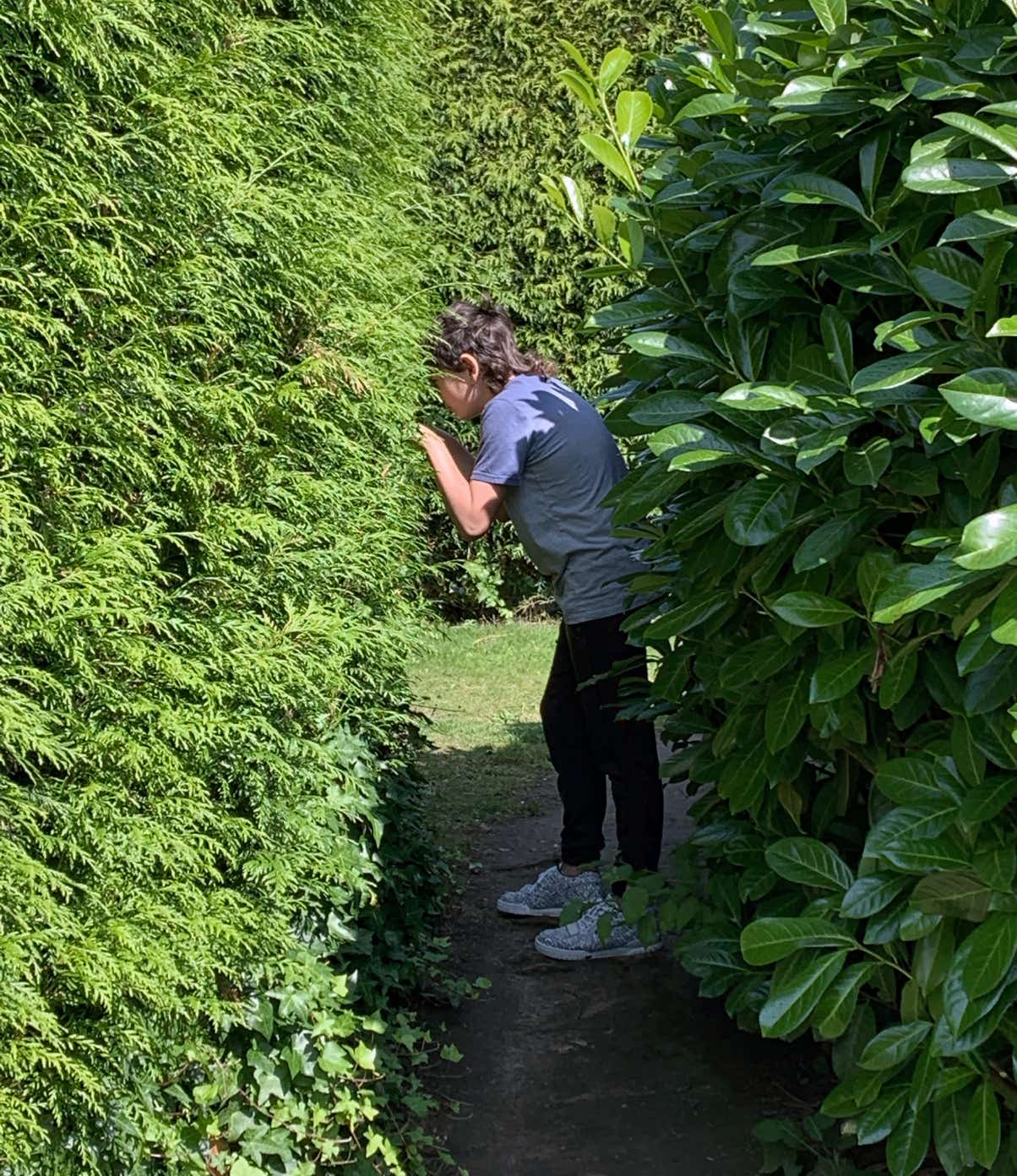
Children at Stockwood Discovery Center, Luton © 2019 Jin Choi

“Trees serve as spiritual teachers of sorts, and both humans and wildlife are attracted to them for the refuge and support they provide. An interesting thing to consider is how cultures across the world form similar traditions related to nature. Take for instance, a wishing tree. A wishing tree is essentially an individual tree which has been chosen specifically, and is used for offerings and wishes. These trees are identified as having a special traditional, spiritual, or cultural significance. Generally, people will come to these trees and make offerings (in the form or notes, flower, coins, and more) to have a wish granted, or a prayer heard” - Wikipedia
Once the Tress are installed, visitors to Stockwood will complete the artwork by writing wishes on small pieces of paper, and hanging them until the tree is full. The process of wishing transforms the art work and is visible throughout the exhibition. The participatory and ephemeral aspect of the project creates a shared memory which contributes to the sense of place.
Wishing Tree in Korea











